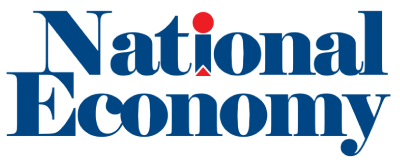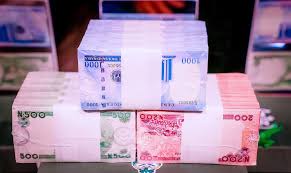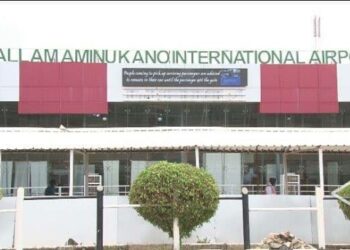Nigeria’s naira is now the most overvalued currency in Africa, according to Renaissance Capital Africa (Rencap), which estimates that the local unit is trading at levels more than 30 per cent above fair value on a real effective exchange rate (REER) basis. The warning comes even as the naira posts its strongest run in more than a year, buoyed by foreign reserves that have climbed to $41 billion and a monetary stance that analysts describe as excessively tight.
The Rencap report contends that Nigeria’s current macroeconomic mix—tight policy, a stable currency, and a current account surplus has manufactured “artificial stability” around the naira. But the research house warns that once policy rates are eased and credit growth picks up, the currency could see a sharp depreciation of around 30 per cent between 2026 and 2027.
“In our view, the naira is more than 30 per cent mispriced,” Rencap said, adding that the misalignment makes it the most overvalued currency on the continent. The bank expects the exchange rate to hold around ₦1,400–₦1,450 per dollar through the end of 2025, before a potential correction takes hold in the medium term.
The report also challenges Nigeria’s official inflation data. While the National Bureau of Statistics (NBS) pegged inflation above 20 per cent in August, Rencap argues the actual rate is far lower, closer to 12 per cent in October, trending down to 10 per cent by December and on course for 6 per cent in 2026. The bank attributes the discrepancy to anomalies in Nigeria’s Consumer Price Index (CPI) basket, which was revised in January 2025.
The reweighting of the basket saw non-alcoholic beverages given a 12 per cent weight greater than transport at 11 per cent and four times telecoms at 3 per cent. Rencap contends that this distortion has caused official CPI readings to diverge from real-world price movements, noting that Nigeria has in fact experienced food price deflation throughout 2025.
“The faulty data has left the Central Bank of Nigeria keeping policy excessively tight,” Rencap wrote. With policy rates still at 27 per cent despite inflation closer to 10 per cent, Nigeria is running one of the highest real interest rates in the world at 17 per cent. By comparison, Egypt’s real rate stands at 14 per cent and Argentina’s at 6 per cent.
Analysts caution that while Rencap’s methodology is technical, it may not reflect the lived reality of Nigerians who continue to face high costs for transport, energy, and household goods.
The report’s warning comes as foreign portfolio investors recalibrate exposure to African markets. With oil prices hovering at $60–70 per barrel and the U.S. dollar expected to weaken, Rencap says Nigerian and Ghanaian local debt markets are looking increasingly attractive.
But the dynamics in both countries differ sharply. In Ghana, investors are positioning around the post-debt-restructuring rebound. In Nigeria, however, political considerations loom large. With President Bola Tinubu seeking re-election in 2027, Rencap expects the Central Bank of Nigeria to delay aggressive rate cuts until after the polls prolonging the naira’s apparent strength in the near term.
For now, the naira’s exchange rate remains steady, but Rencap’s analysis signals that the currency’s current valuation may not be sustainable. The real test, analysts say, will come once monetary easing begins and pent-up demand for imports returns, setting the stage for a possible correction.





